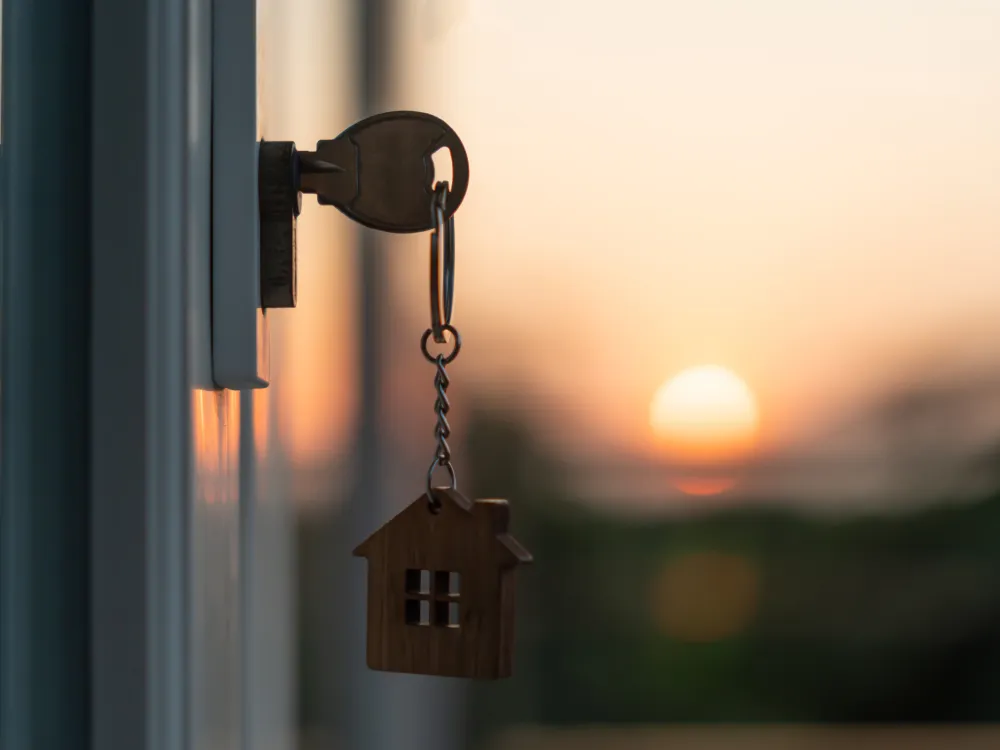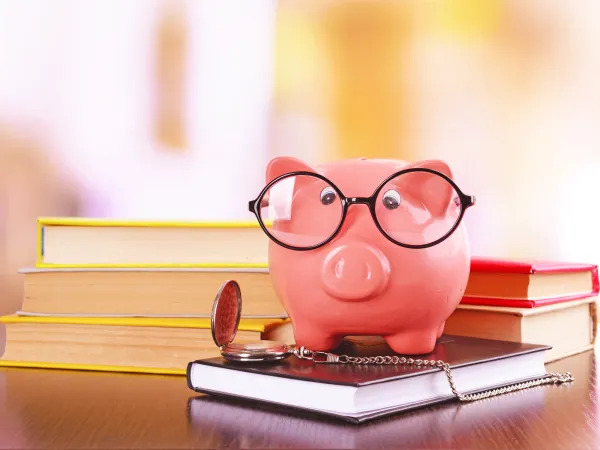
Incentivizing Homeownership: How the FHSA Shapes Savings Behavior and Housing Markets
One of the biggest financial goals someone can have is to buy their first house. However, saving enough money for that initial down payment can be quite hard for many new buyers. To help with this saving process, there is a government-initiated saving option known as the First Home Savings Account (FHSA)—giving tax benefits to help Canadians save faster. Therefore, knowing all about how this account works, including what benefits it offers and how much money you can put in, is really important for new buyers to get the most out of it. When saving money to buy a house, security is the most important factor. Credit unions offer a better alternative to traditional banks by offering better interest rates, lower fees and a member-first approach. So, picking a financial institution to keep your money safe for the long run is key, and institutions like Innovation CU follow this model, offering secure accounts, practical resources, and personalized guidance for prospective homeowners.
What Is the FHSA, and How Does It Work?
The Canadian government made the FHSA savings plan to help people buying their first home save money for a down payment. It combines the benefits from a Registered Retirement Savings Plan (RRSP) and a Tax-Free Savings Account (TFSA). Contributions shrink taxable income, and withdrawals for a home purchase dodge taxes entirely—a duo of benefits tailored for housing goals. A First Home Savings Account is more helpful for saving because, unlike an RRSP, you don't need to repay what you withdraw. However, there are specific rules regarding eligibility, contribution limits, and withdrawal conditions that account holders must understand.
Eligibility Requirements To open an FHSA, people need to:
- Be a Canadian resident aged 18 to 71
- Be a first-time homebuyer, meaning they have not owned a house in the past four years
- Have a valid Social Insurance Number (SIN).
The First Home Savings Account is mainly for people who have never had a house or have been renting for a long time. If someone plans to buy a house with another person, they can both open their own FHSA. This way, they can save even more combined.
Tax Advantages of the FHSA One of the best parts of the First Home Savings Account is how it affects your taxes. Homebuyers can save money more effectively due to its multiple tax advantages.
- Tax-deductible contributions: Like an RRSP, the money you put into an FHSA lowers your taxable income. This means you pay less tax for the year.
- Tax-free investment growth: Any money you make within the FHSA, like interest, dividends, and gains, does not get taxed.
- Tax-free withdrawals: When you take money out to buy your first house, it does not get taxed.
Contribution Limits and Rules
The FHSA has rules about how much money people can put in each year and over the lifetime of the account.
Key Contribution Rules
- Annual contribution limit: $8,000 each year.
- Lifetime contribution limit: $40,000 overall.
- Carry-forward room: If you do not put in the full amount one year, you can add the extra to what you put in next year, up to $8,000.
When someone puts money into an FHSA, they do not have to deduct it for taxes that same year. They can opt to deduct it later, when they think they will be making more money. This way, they can get more tax savings.
FHSA vs. Other Home Savings Options
| Feature | FHSA | RRSP Home Buyers' Plan | TFSA |
|---|---|---|---|
| Tax-deductible contributions | Yes | Yes | No |
| Tax-free withdrawals for a home | Yes | Yes (must be repaid) | Yes |
| Annual contribution limit | $8,000 | 18% of income (RRSP limit) | $7,000 (2024) |
| Repayment required | No | Yes (within 15 years) | No |
| Investment growth tax-free | Yes | Yes | Yes |
Maximization of FHSA Savings
If someone wants to make the most of their FHSA, they should use some smart ways to help their money grow faster. Here are some good ways to save with an FHSA:
- Start early: Contribute as soon as possible, so your money has more time to grow without tax.
- Max out annual contributions: Put in the full $8,000 each year to reach the $40,000 limit faster.
- Invest wisely: Think about investing in options that may have stronger returns.
- Use the tax deduction strategically: Save the deduction for later years if they expect to make more money in coming years.
- Combine with a partner’s FHSA: Couples can double the amount of savings they have if they both open First Home Savings Accounts.
How and When to Withdraw Funds
Money in an FHSA must be used to buy a home within 15 years of opening the account to be totally tax free. If someone does not use it in time, they can move the money to an RRSP without getting taxed on it or withdraw it as taxable income.
Withdrawal Conditions:
- The person taking the money out must buy a qualifying home in Canada
- There must be a written agreement for buying or building the home
- The home must serve as the primary residence within one year of purchase
- The withdrawal should be done within a month of getting the home.
Final Thoughts
The FHSA is a helpful method for people buying their first home. It provides a way to save money and get tax benefits. By comprehending the contribution rules, finding ways to save more, and planning when to take money out, people can use this account to achieve their dream of owning a house. Because the FHSA has good things from both RRSPs and TFSAs, it is worth thinking about for anyone in Canada who wants to buy their first home.


